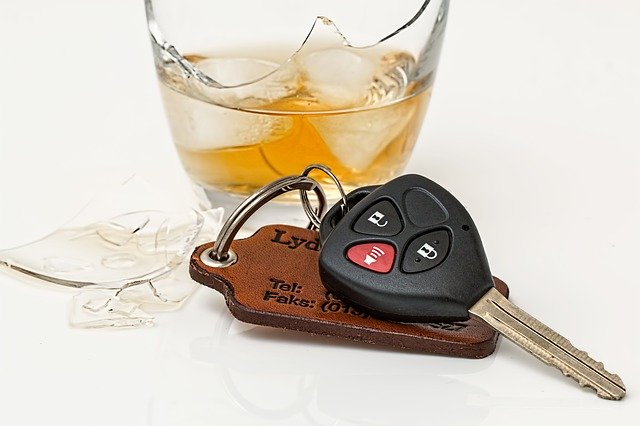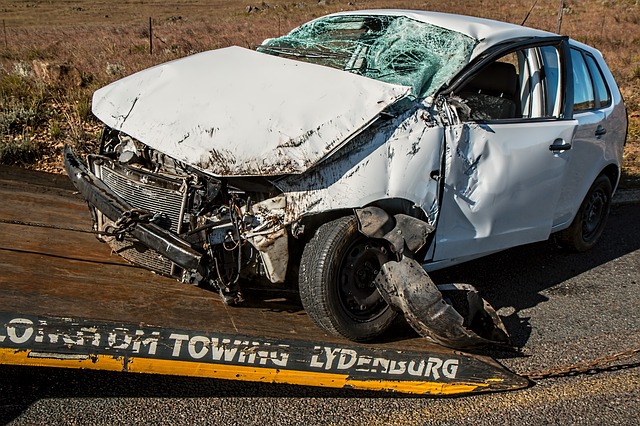Risks On The Road: What Causes Car Accidents?

Hi, I am Betty Knight, Owner of this site! I…
There are more than 22 million drivers in the US alone. The majority of us rely on road travel to get from A to B. While most of us navigate our way without any trouble, car accidents are relatively common. If you’re a driver, or you’re teaching your teenage children how to drive safely, it’s crucial to be aware of the risks of the road. Here are some of the most common causes of accidents and some tips to help you stay safe.
Drink driving
Drinking and driving is a toxic combination. Even if you think you haven’t had much to drink, or you feel fine, there are serious risks related to getting behind the wheel with alcohol in your system. You could injure yourself, as well as others on the road, and you could face criminal charges if you’re stopped by the police. It’s also worth noting that if you’re injured by a negligent driver, you have every right to contact serious injury lawyers and pursue compensation. The best thing to do if you want to have a drink after work, or you’re planning a night out is to organize a lift home with somebody who hasn’t been drinking or book a cab. Alcohol can increase reaction time, affect your judgment and hazard perception and cause you to take risks you would never normally consider. According to the CDC, 29 people die every day in the US in crashes that involve a driver who has been drinking.
Distracted driving
We live in a world where it’s normal to do several things at once. We talk to people while we’re scrolling on our phones, we shop while we watch TV, and we listen to music while we work. When you’re driving, distractions can be deadly. If you’re looking at text messages, you’re making calls or you’re programming the navigation system, you could easily miss a potential hazard. A child, a dog or a cyclist could appear from behind a parked car or a car in front could suddenly stop or change direction. If you’re not looking where you are going in that split second, you could end up with severe injuries. Pay attention to the road at all times, and if you have to stay in touch with colleagues or family members, use a hands-free system. In 2018 alone, distracted driving claimed over 2,840 lives.
Speeding
Many drivers enjoy the thrill of putting their foot down when the roads are empty and there’s a stretch of open tarmac ahead. There’s nothing wrong with increasing your speed if it is safe to do so up to the maximum speed limit. Restrictions are there to keep people safe. The reality is that if you crash at high speed, you’re much more likely to sustain life-threatening or fatal injuries. Watch out for speed restriction signs, make sure you don’t go over the specified maximum speed, and drive to the conditions. It’s not safe to whizz along a highway at 70mph if it’s icy, foggy or the roads are covered in surface water after a heavy downpour. Adjust your speed, keep well back from the vehicle in front, and consider pulling over in a safe place if you can’t see properly. Speeding can put you and other road users at risk, and if you cause an accident, there will be legal implications like a speeding ticket. In case you get a speeding ticket, we recommend you seek professional help from www.louisianaspeedingticket.com

Picture credit: https://www.pexels.com/photo/red-and-white-30-tag-3520432/
Careless driving
When you take your car out onto the road, you have a responsibility to drive carefully. Your behavior behind the wheel affects your health and safety, but it also has consequences for other drivers, pedestrians and cyclists. Take care to obey the rules of the road whenever you’re traveling. Even if you’re only popping around the corner, you need to ensure you wear a seatbelt, you check your mirrors and your blind spot before maneuvering and you watch your speed. It takes seconds to cause an accident and even a minor mishap can have devastating effects.
Adverse weather conditions
If you’ve ever driven in a storm or tried to make it home in a heavy rain or snow shower, you’ll know just how scary it can be when the weather takes a turn. Driving on slippery, icy, wet roads is dangerous, and it can increase the risk of serious collisions. It’s also challenging to drive in foggy conditions and in bright sunlight when the glare of the sun can make it difficult to see the road ahead. Whatever the weather, adapt the way you drive to cater to the conditions. If it’s wet, or the roads are covered in ice, slow down, give vehicles around you space and time, and avoid making any sudden movements. If it’s bright outside, and you’re struggling to see, use the sun visor above your seat and wear sunglasses. Always keep at least 2 cars’ distance from the vehicle in front, and increase your stopping distance if it’s wet outside, or the surface is slippery. If visibility is poor, use your fog lights, slow down and consider pulling over if you can’t see.
It’s a good idea to check the weather forecast before you head out on a journey, and to make sure you heed any advisory notices or warnings from local police or motoring agencies. If there is a storm coming, delay your trip unless it is absolutely essential that you travel. It’s also wise to pack supplies if you are driving in winter. Take warm clothes, blankets, a flask of tea or coffee, bottled water, food and a first aid kit with you and check you have valid breakdown cover.
Millions of people get in a car and hit the roads every day. While driving can be a quick and simple way to get from A to B, it can also be hazardous. More than 90% of accidents result from driver error, and it’s vital for every individual to understand the risks and the importance of driving carefully. Next time you head out in your car, make sure you take this advice on board, pay attention to the conditions, be patient and don’t drive too fast.
What's Your Reaction?
Hi, I am Betty Knight, Owner of this site! I am a 'nearing 30-year-old', happily married to 1 awesome man. We live in the beautiful tourist town of Franklin NY.




